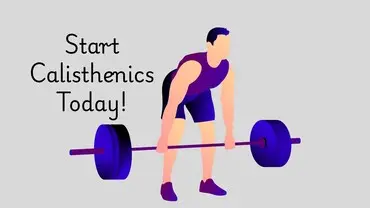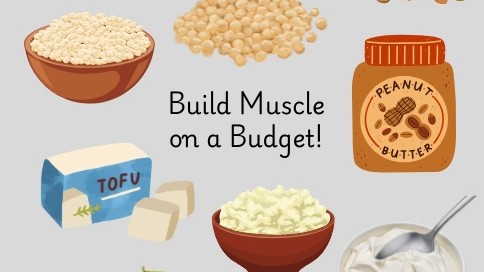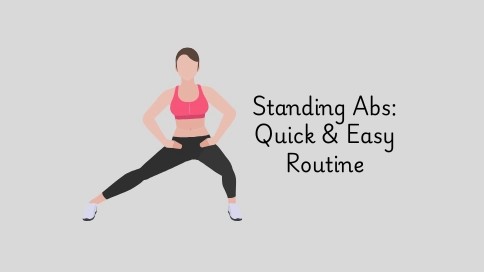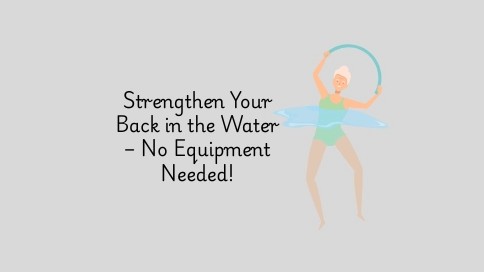Calisthenics is one of the most effective, accessible, and empowering forms of fitness training available today. Unlike traditional gym workouts, calisthenics requires minimal equipment—often none at all—and leverages your own bodyweight to build strength, flexibility, endurance, and muscle tone. Whether you're new to fitness or looking to change up your current routine, calisthenics provides a robust foundation to achieve your fitness goals right from your home, a local park, or even your office.
Why Choose Calisthenics?
Calisthenics offers numerous benefits that make it particularly appealing to beginners:
No Equipment Necessary: You can start immediately, with no financial investment in gym memberships or expensive equipment.
Full-Body Conditioning: Each exercise typically engages multiple muscle groups, enhancing overall functional fitness.
Improved Flexibility and Mobility: Calisthenics movements naturally improve flexibility and reduce the risk of injuries.
Scalable Progression: Exercises can easily be adjusted to match your current fitness level and scaled up as your strength improves.
Let’s dive into the eight best calisthenics exercises that are perfect for beginners.
1. Push-ups
Push-ups are foundational exercises in calisthenics, targeting your chest, shoulders, arms, and core.
How to Perform: Start in a plank position with your hands directly beneath your shoulders. Keep your body straight from head to heels. Lower your chest toward the floor by bending your elbows, then push back up to the start position.
Beginner Modification: If standard push-ups are difficult, perform them on your knees or against a wall to build initial strength.
2. Bodyweight Squats
Squats are fantastic for building lower-body strength, focusing on your quadriceps, hamstrings, and glutes.
How to Perform: Stand with feet shoulder-width apart, chest up and back straight. Lower your hips by bending your knees, as if sitting into a chair. Keep your knees behind your toes, then push through your heels back to standing.
Beginner Modification: Use a chair behind you to guide your squat depth and ensure correct form.
3. Lunges
Lunges improve balance, stability, and leg strength.
How to Perform: Stand tall and step forward with one leg. Lower your hips until both knees are bent at approximately a 90-degree angle. Push through your front heel to return to the starting position, then alternate legs.
Beginner Modification: Hold onto a wall or chair for support as you build your balance and strength.
4. Plank
The plank is a powerful core-strengthening exercise that enhances overall body stability.
How to Perform: Place your forearms on the ground with elbows directly under your shoulders. Extend your legs straight back, forming a straight line from your head to your heels. Engage your core and hold this position.
Beginner Modification: Start by holding a plank for 20-30 seconds and gradually increase the duration as you get stronger.
5. Jumping Jacks
This classic exercise is excellent for cardiovascular fitness, coordination, and overall body conditioning.
How to Perform: Stand straight with your arms at your sides. Jump while spreading your legs shoulder-width apart and simultaneously bringing your arms overhead. Quickly return to the starting position and repeat.
Beginner Modification: Perform step-outs rather than jumps to reduce impact while building cardiovascular strength.
6. Tricep Dips
Tricep dips effectively target the muscles at the back of your upper arms, shoulders, and chest.
How to Perform: Sit on the edge of a sturdy chair or bench with your hands gripping the edge. Slide your body forward off the chair, bending your elbows to lower your hips toward the ground. Press through your palms to lift back up.
Beginner Modification: Reduce your range of motion or keep your knees bent to lessen the load.
7. Mountain Climbers
Mountain climbers deliver a strong cardiovascular workout while also strengthening your core, shoulders, and legs.
How to Perform: Begin in a plank position. Bring one knee toward your chest, quickly switching legs in a running motion while keeping your upper body steady.
Beginner Modification: Slow down the movement initially to maintain proper form, then increase speed as your fitness improves.
8. Glute Bridges
This exercise targets your glutes, hamstrings, and lower back, providing essential strength and stability.
How to Perform: Lie on your back with knees bent and feet flat on the floor, hip-width apart. Lift your hips toward the ceiling by squeezing your glutes. Hold briefly, then lower back down.
Beginner Modification: Start with smaller movements and increase the lift height as you build strength.
Tips for Getting Started and Staying Motivated:
Start Slowly: Gradually increase the intensity and complexity of your exercises.
Consistency Matters: Regular practice, even 15-20 minutes daily, can lead to substantial improvements.
Maintain Proper Form: Good technique prevents injuries and maximizes benefits.
Track Your Progress: Keeping a workout journal can be motivating and helps you see your improvements clearly.
Stay Hydrated and Nourished: Proper nutrition and hydration enhance your performance and recovery.
Conclusion:
Calisthenics is an incredibly effective way to build strength, tone your body, and enhance your overall fitness level without the need for specialized equipment. By incorporating these eight beginner-friendly calisthenics exercises into your routine, you’ll quickly notice improvements in strength, flexibility, endurance, and confidence. Remember, consistency and patience are key to your fitness journey. Start today, and you'll soon realize the incredible benefits calisthenics has to offer!






No comments yet. Be the first to comment!